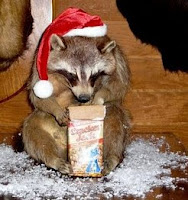Quick Checks for formative assessment...
I am on another vacation this weekend..this time to celebrate the wedding of my fourth grade colleague Joe Curtin! So, I peeked back through my posts and picked an oldie but a goodie that I posted back in December. Enjoy! I am all about authentic assessments. I want to peer into the child's mind and see what she or he really understands about a concept that I have taught. However, one of the drawbacks to this is TIME. It takes time to check work and make comments and provide appropriate feedback. Right? This fall I was introduced to a new element of formative instruction that will be implemented in all the FOSS 3rd edition NEW units. I sat with my jaw wide open as I thought...this is what I've been waiting for. So let me tell you how it's done! Step one: When you are teaching a lesson, pick out one or two main concepts that you want them to understand. Write them on the sheet I have provided for FREE in google docs. (right under the Teachers Pay Teachers link) Step





